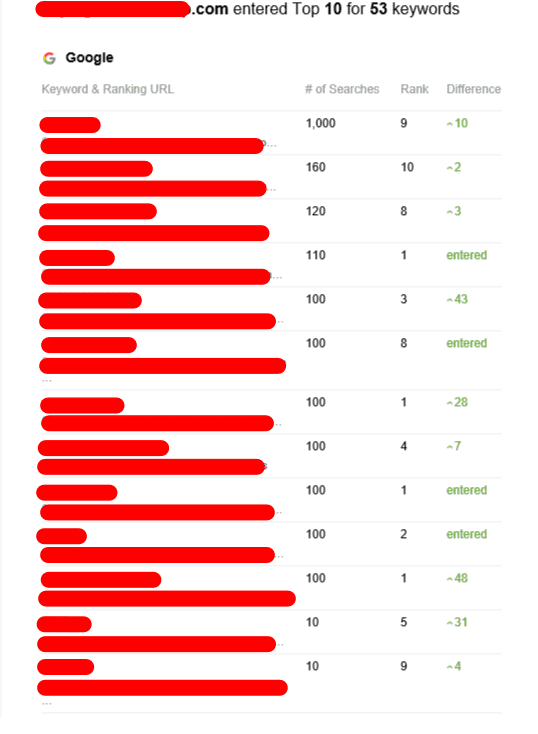Tiered Link Building
Tiered link-building is a well-known SEO strategy for building backlinks to increase your site's PageRank. This is a black-hat practice however, and may result in penalties from Google.
First-tier links are top-quality, relevant backlinks that drive lots of PageRank to your site. These links are typically acquired through guest posts, press releases or social media profiles, as well as directories.
Tier 1
Tiered link building lets you increase the domain authority of your site by linking to pages that rank highly on other websites. This process is called link juice transfer, and is a highly effective method of SEO. Link building tied to a specific topic can be done by hand or using automated tools. If you opt to use automated tools, it is essential to follow the rules of Google's Webmaster guidelines. You could end up breaking Google's terms of services, and risk being penalized.
A first-tier backlink a dofollow link that passes PageRank value from its parent site to its target website. You can acquire these links by doing link outreach and creating relevant content. You'll want links from reputable sites that have high domain authority. For instance, a first-tier link to Real Business could be useful for your niche because it will transfer a lot of ranking power to your website.
Second-tier links are used to increase the authority of your domain by pointing them to guest blog posts published on higher-ranking websites. This is a great way to boost your rankings since it signals that you have a positive relationship with the higher authority website. These hyperlinks can also be obtained through forums, social media and bio-profile links. Avoid using Tier 2 backlinks that come from sites with spammy content.
Tier 2
Tier 2 backlinks are a fantastic way to increase the power of your existing links. These links can increase your Google ranking and increase traffic to your website. Tier 2 links are cheaper than the first-tier ones. You should only build Tier 2 backlinks on pages with a high authority on the domain. Your campaign will be successful if you choose the right link-building strategies.

Quality is less important for links from tier 2 as it is for the first-tier. In fact you can get hyperlinks from websites with lower domain authority as long as they aren't spammy. This includes review websites, directories and social bookmarking websites. It also includes forum links and web 2.0 links. However, it is essential to avoid using automated tools for tier 2 backlinks, since they could be recognized by search engines.
When selecting a tier 2 donor site It is essential to select one with an excellent reputation and is associated with the subject you're writing about. For instance, if you're writing about digital marketing agencies it is important to choose one that has an excellent SEO profile and a large online audience. Otherwise, you might be in the wrong place and wasting your time. Therefore, it is advised to select a donor site that has DRs of between 20 and 50%.
Tier 3
Generally, tier 2 backlinks are used to power up existing links that already have page-level power. They are also a great method to boost the authority of a new blog or website that requires a boost in getting a higher rank in Google. Be cautious regarding how you utilize Tier 2 backlinks. It is not recommended to use tier 2 backlinks for direct links to the money website. Instead it is recommended to build them only from top-quality websites with a high domain authority.
Second-tier backlinks can be a mix of dofollow and nofollow links, and should come from authoritative, relevant websites. This includes PBNs or article directories. They also include forum discussions, social media posts, and web 2.0 sites. However, it is important to remember that you must follow Google's guidelines when building links on these types of sites.
Tier 3 links are among the lowest quality links in your link-building strategy. They're generally nofollow and do not have any link equity, but they can increase the authority of your website's domain. This could help it be more prominent in results from search engines and lead to more sales and traffic.
Tiered link building has become a rage with a lot of SEO practitioners, but it is not without risk. It's often viewed as a grey-hat method that's in violation of Google guidelines and could lead to penalties. While it is effective in certain circumstances, it's important to do your research and choose the best strategy for your company.
Risks
Tiered link creation is a controversial technique that can be detrimental to your website's SEO. Despite the benefits, tiered links should only be utilized when they are the only solution to boost your backlink profile, and you have the resources to implement them on the scale of. You might end up spamming Google and risking a penalty.
Using tier links can be an extremely risky venture, particularly when you are using an illegal method. Black-hat methods are typically linked schemes that are temporary. Google will eventually catch on to your scheme, or you will just get tired of keeping fake backlinks.
Another problem with tiered link is that they could hurt your rankings by giving away too many link juice. Your performance will be affected in the event that you receive too many links from websites of low quality. This happens when companies use automated tools to create too many links.
Additionally, tiered links can be difficult to track and monitor. It is imperative to utilize a tool that allows you to see all the links within your backlink profile so you can monitor their performance. It's easy for you to overlook certain links and not realize their significance. There are many ways to build backlinks that are legal and provide long-lasting advantages.
